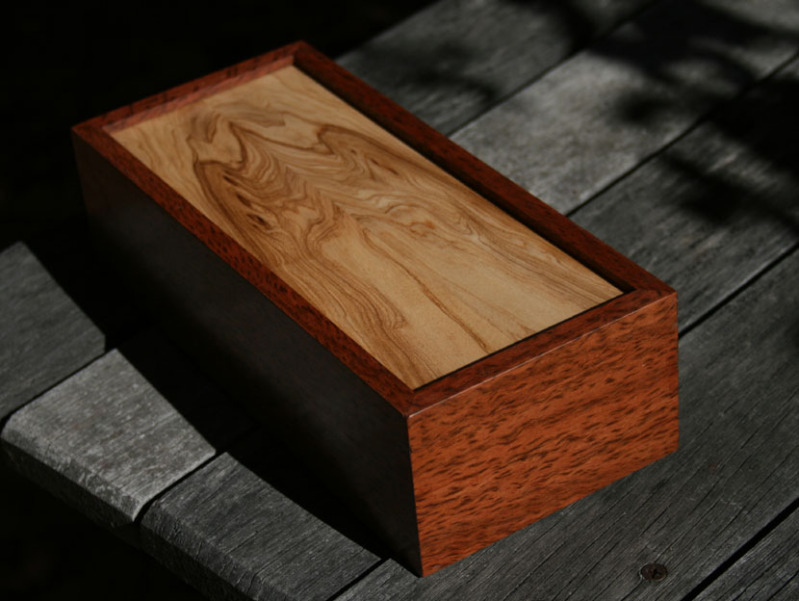I am doing a variation on This "I Can Do That" Project from Popular Woodworking.
I wanted to give this a try to see how I like it before committing by building a dedicated donkey ear shooting board.
So using a few things around the shop to modify one of my current shooting boards:
First check the angle to match the splay:
Checking the Angle.jpg
Once I had the spacing set, I put a couple of screws into the riser and added some blocking at the end to help hold the end square.
Then to the job at hand:
Oh Shoot!.jpg
If I make more of these then a dedicated board will be made.
jtk





 Reply With Quote
Reply With Quote










